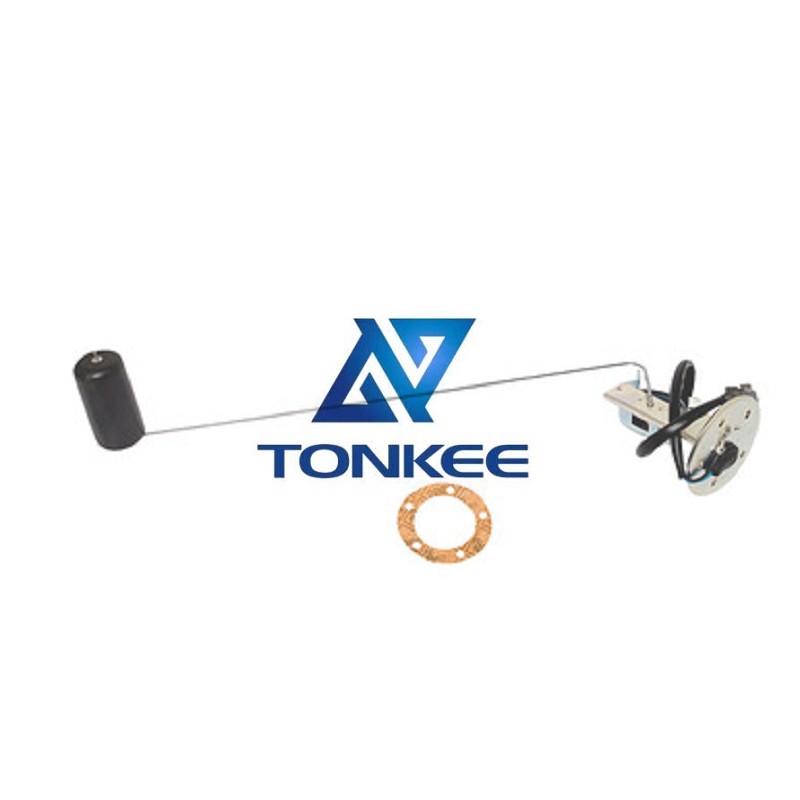
The fuel sender unit plays a crucial role in monitoring and managing the fuel levels within the machine's fuel tank.
It is responsible for sending accurate information about the fuel level to the machine's dashboard or gauge, allowing the operator to monitor the fuel consumption and plan refueling accordingly.
Compatibility:
This fuel sender unit is specifically designed to fit Hitachi EX and ZX series excavators, including the ZX100, ZX120, ZX135, and ZX200-3-5 models. It is engineered to meet the specifications and requirements of these machines precisely.
Construction and Materials:
Tonkee® constructs the fuel sender unit using high-quality materials to ensure durability and reliability even in harsh operating conditions. The unit typically features a combination of metal and plastic components, carefully designed to resist corrosion and damage from fuel and environmental factors.
Fuel Level Sensing Mechanism:
At the heart of the fuel sender unit is a sensing mechanism that accurately measures the fuel level within the tank. This mechanism typically employs a float that moves up and down with the changing fuel level. As the float moves, it sends corresponding signals to the machine's fuel gauge.
Resistance Range:
The fuel sender unit is designed to provide a specific resistance range corresponding to the fuel level. This resistance range is carefully calibrated to ensure that the fuel gauge accurately reflects the amount of fuel in the tank.
Electrical Connection:
To transmit the resistance values to the fuel gauge, the fuel sender unit is equipped with electrical connectors.
These connectors are designed to establish a reliable electrical connection with the machine's electrical system.
Installation and Calibration:
Installation of the fuel sender unit typically requires precision to ensure accurate readings. Additionally, it may need calibration during the installation process to ensure that the fuel gauge accurately represents the fuel level in the tank.
Importance in Equipment Operation:
Accurate fuel level monitoring is essential for efficient equipment operation. It helps prevent unexpected fuel shortages, downtime, and potential damage to the engine due to fuel starvation. Operators can plan refueling stops effectively, minimizing disruptions to workflow.
Maintenance and Replacement:
Like any mechanical component, the fuel sender unit may require maintenance and eventual replacement over time. Regular inspection and cleaning can help prolong its lifespan. However, when it begins to malfunction or provide inaccurate readings, prompt replacement is necessary to maintain equipment efficiency and safety.
Tonkee® Quality Assurance:
Tonkee® is a reputable manufacturer known for producing high-quality replacement parts and components for heavy machinery. The fuel sender unit is subjected to rigorous quality control checks to ensure it meets or exceeds industry standards.


